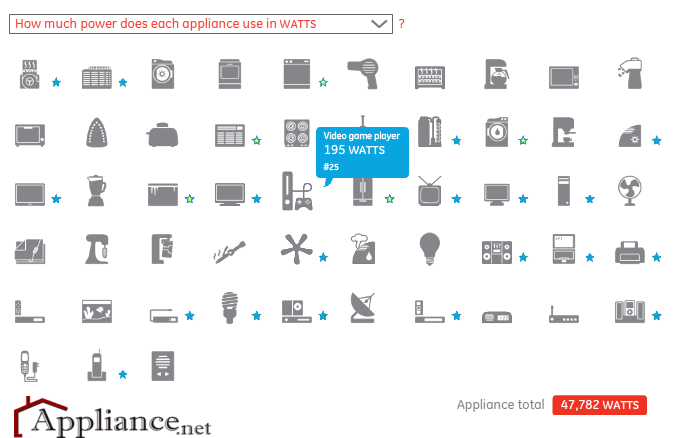Household appliances are generally so reliable, having one break down takes us by surprise. The hassle of shopping for a new appliance is trouble enough without worrying about paying for it too. Plan ahead, because the dryer is not going to sound out announcements before it conks-out.
Repair or Replace?
The first decision to be made is if you really need a new appliance, or if repairs are in order. If the repair costs half the price of a new appliance, seriously consider buying new, says Mark Kotkin at Consumer Reports. According to the magazine’s research, any major household appliance more than eight years old should be considered for replacement rather than repair. The magazine also suggest you skip the repair and buy new if your appliance costs less than $150.
Budgeting
“I’ve seen a lot of people’s budgets over the years, and it seems like household maintenance is one category that people miss,” says Matt Bell of MattAboutMoney.com. People who know the age of their appliances and their expected life spans can budget better for replacements. Or they could maintain a more general emergency fund for when bad things happen. Either cash stash will help you avoid finance charges on a credit card you can’t pay off right away, said Bell.
Home Warranty
A home warranty is a service contract for an existing home that covers major operating systems, such as a furnace or a dishwasher. The homeowner buys a repair contract, often for $300 to $500 a year, and pays a service charge for each call. If many of your major appliances are near the ends of their useful lives, a home warranty might be worthwhile. But warranties are complicated, covering some types of breakdowns and not others. Pre-existing conditions and malfunctions that stem from poor maintenance or installation can be excluded. Some companies will cover all or part of an appliance’s replacement cost. Choose this option carefully.
